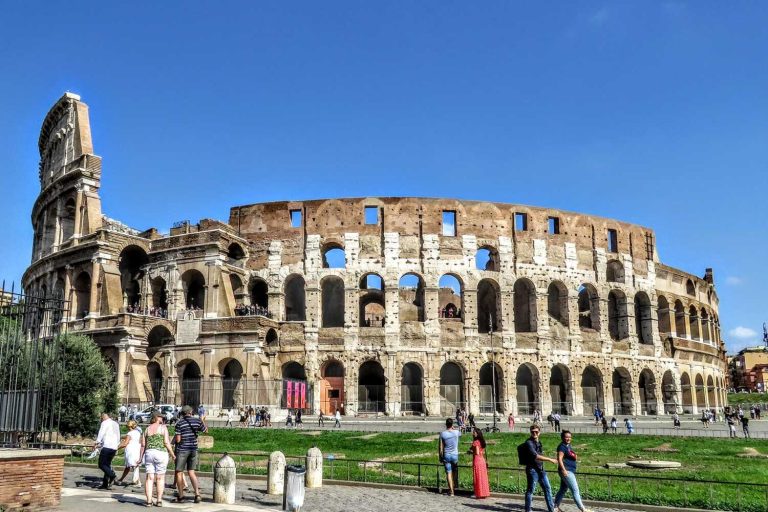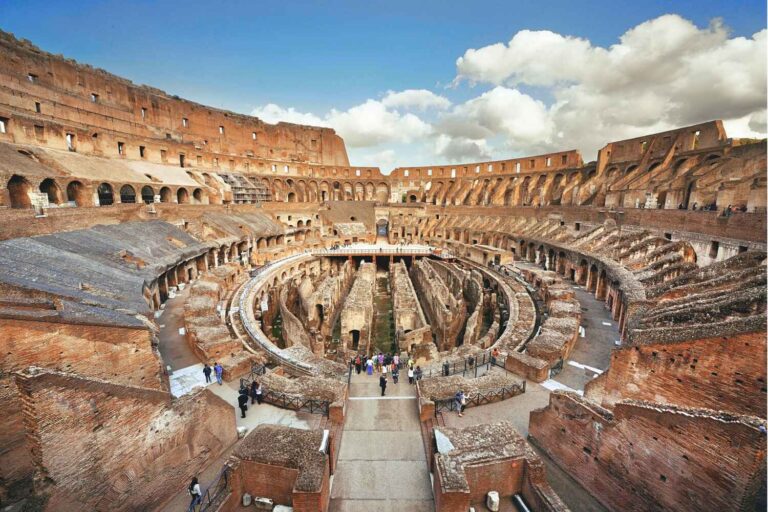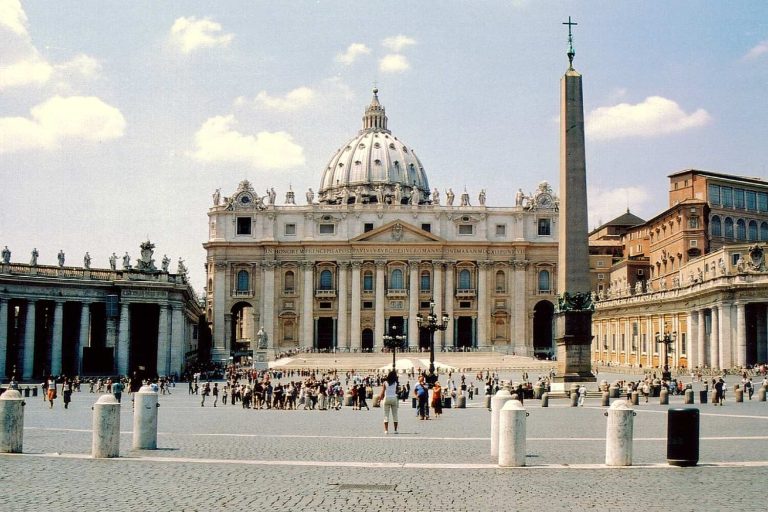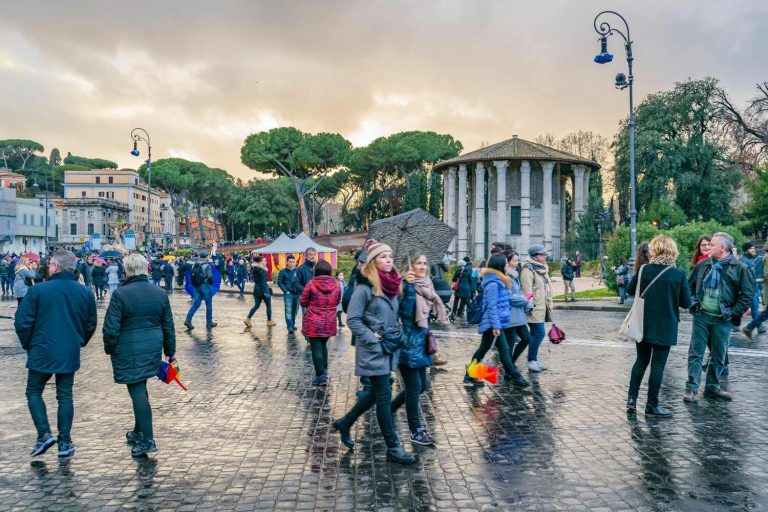Where to eat in rome — local areas, must-try dishes & simple day plans
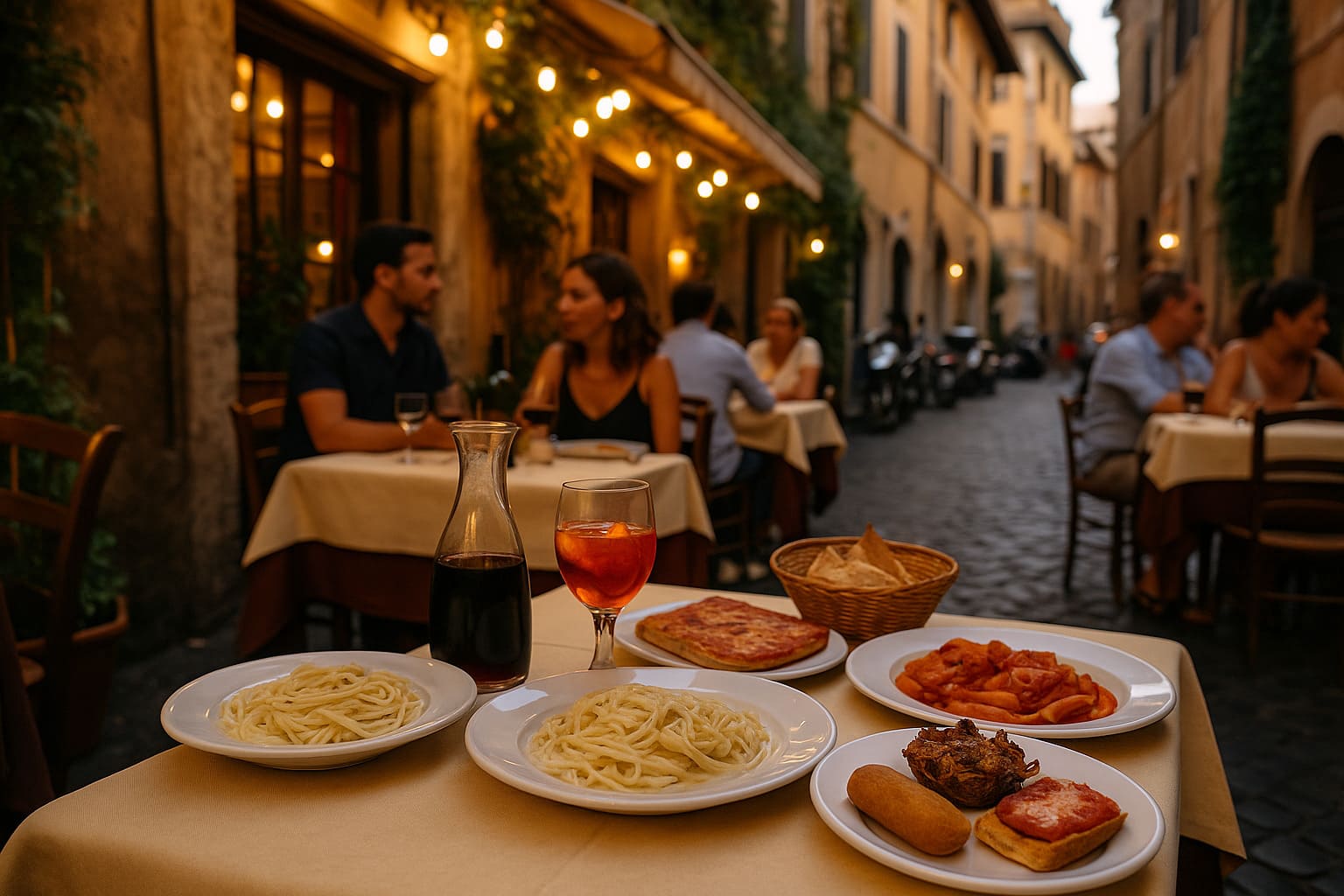
If you’re asking where to eat in Rome, think neighborhood first, then pick a place that matches the time of day. For trattorie and a lively dinner, Trastevere and Testaccio feel warm and local. For quick lunches, head to a mercato (market) near wherever you’re sightseeing. Around the Vatican (Prati), look for simple pasta spots and a gelato after St. Peter’s. In the historic center, walk one block off the famous piazzas and you’ll often find calmer rooms and better value. That’s your base map—now let’s make it work day by day.
How to eat like a local (without overthinking it)
Romans keep it simple: short menus, seasonal produce, and relaxed service. Scan for the Roman pasta classics (cacio e pepe, carbonara, amatriciana), a couple of vegetables of the season (puntarelle in winter, artichokes in spring), and house wine by the glass. If a place pushes laminated mega-menus or tourist “set menus” in five languages, walk one street over. You want rooms that look busy with Italians, not loud megaphones.
Eat by neighborhood (and what each area does best)
Trastevere (evenings that feel Roman)
Cobbled lanes and trattorie perfect for dinner. Book ahead at small places; lines form quickly. Typical plates: cacio e pepe, saltimbocca, supplì. For pizza, classic thin-crust “tonda” is the Roman style; for a twist, try trapizzino (a pocket of pizza dough filled with stews).
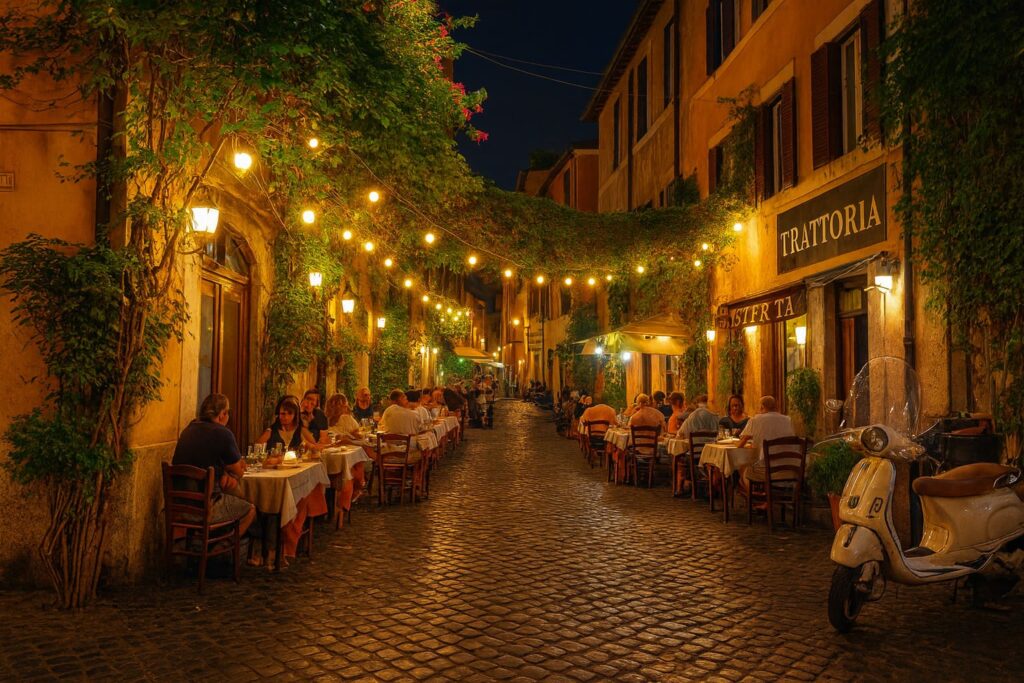
Testaccio (old-school flavors & market lunches)
This is the city’s food soul—great for lunch and low-key dinners. Inside Mercato Testaccio, stall legends sell pizza al taglio, salads, and the city’s most loved panini; it’s a friendly way to taste many Roman flavors under one roof (hours tilt toward breakfast/lunch). The market’s official site explains the vibe and opening times. mercatoditestaccio.it
Monti & the Colosseum (pre- or post-sightseeing)
A few minutes from the Colosseum, Monti mixes wine bars and trattorie along Via Urbana and Via Panisperna. You’ll find reliable plates of carbonara, amatriciana, and grilled meats. For families with kids, this is a good area to book an early table before evening crowds.
Centro Storico (Pantheon, Trevi, Piazza Navona)
It’s tourist-heavy, but you can still eat well. Near the Pantheon, look for long-time Roman kitchens and traditional bars. Save room for tiramisu or a gelato on the stroll to Piazza Navona.
Prati (Vatican area)
After visiting St. Peter’s, Prati is your move for a relaxed sit-down. You’ll find trattorie with good lunch specials and famous pizza-by-the-slice addresses. It’s also a comfortable area on Sundays, when many central spots close or run reduced hours.
Jewish Ghetto (artichokes & heritage)
Near the Portico d’Ottavia, the classic is carciofi alla giudia (deep-fried artichokes), plus Roman-Jewish pastas. It’s a useful stop between Campo de’ Fiori and Teatro Marcello, and many kitchens here stay open for Sunday lunch.
What to order (so your plate tastes Roman)
Roman food is bold but simple. A few names to anchor your trip:
- Cacio e pepe (pecorino romano + black pepper) and carbonara (egg, guanciale, pecorino; no cream) sit at the heart of the city’s pasta identity. The city’s official tourism pages spotlight these staples alongside offal stews, artichokes, and more—handy if you want a quick refresher on what’s truly Roman. Turismo Roma
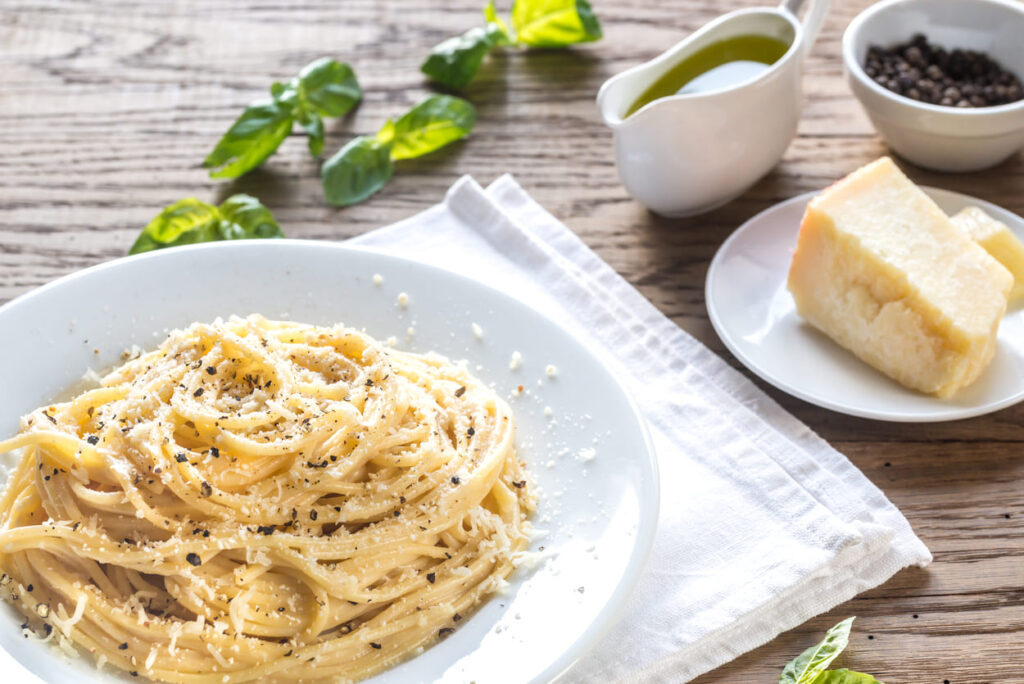
- Amatriciana (tomato, guanciale, pecorino), gricia (like carbonara without egg), and alla pajata (a traditional specialty) show up in homespun trattorie.
- Pizza al taglio (by the slice) is a lunch hero; Roman round pizza (tonda) is thin and crisp.
- Porchetta (roasted pork with herbs) makes an easy sandwich, especially in markets.
- Fried starters: supplì (rice balls), fiori di zucca (stuffed zucchini flowers), and bacalà (fried cod).
- For sweet ends: tiramisu, maritozzo (cream bun), or gelato from a shop that keeps colors natural and bins lidded.
Mini-summary: If you order one pasta, one veg (or fried starter), and house wine, you’re eating like a local in Rome.
Breakfast, lunch, dinner: a simple daily rhythm
Breakfast (al banco)
Do coffee al banco (standing): a cappuccino and cornetto at a bar near your hotel. It’s cheaper and faster than table service. Heading to the Vatican early? Refuel in Prati afterward with a second coffee and a toast or tramezzino.
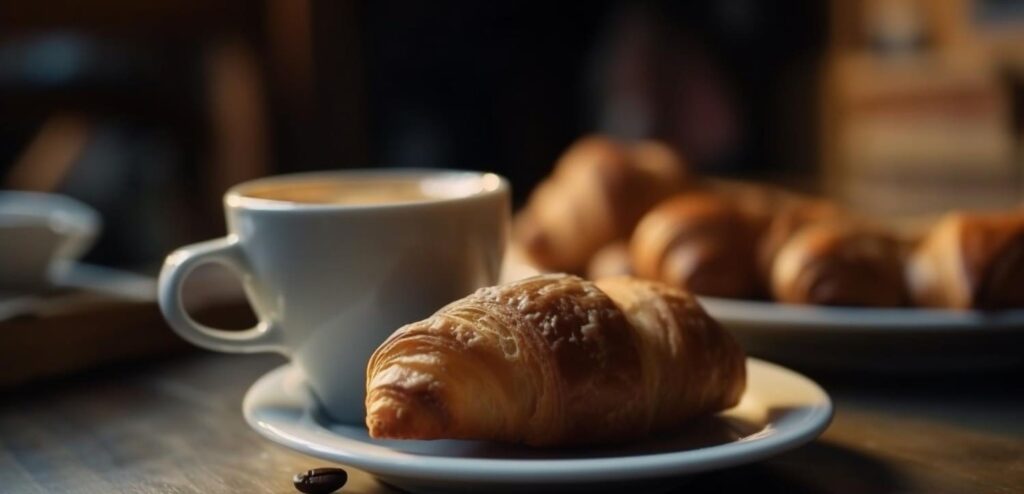
Lunch (markets & quick plates)
If you’re near Termini, pop into Mercato Centrale; near the Colosseum, walk into Monti; in Testaccio, the market is a hub for pizza al taglio and porchetta sandwiches. At big sights (Trevi, Spanish Steps), grab a slice or a panino on a side street and sit in a small piazza.
Dinner (trattoria time)
Book in Trastevere or Testaccio for cozy rooms and classic plates. In Prati, it’s easy to find a quieter room after a long Vatican day. In Monti, dinner after the Colosseum beats rushing across town.
Where to eat in Rome near famous places (quick, practical picks)
(No sponsorships here—these are time-tested, traveler-friendly ideas. Always check hours.)
- Near the Pantheon: A traditional table near the square for pasta and Roman mains; classic coffee at Sant’Eustachio Il Caffè; Giolitti for gelato a few minutes away.
- Near Trevi Fountain: Tight-menu pizzerias for crispy tonda and a trattoria or two with cacio e pepe and saltimbocca; noon is calmer than dinner.
- Near the Colosseum (Monti): Trattorie along Via Urbana/Via Panisperna for carbonara and amatriciana; a family-friendly pizza before an evening stroll by the Forums.
- Near the Vatican (Prati): Pizza-by-the-slice landmarks and trattorie with simple lunch menus—perfect after St. Peter’s; walk off dinner past Castel Sant’Angelo.
- Campo de’ Fiori / Piazza Navona: Historic bakeries for pizza bianca and cold cuts before a sit-down dinner; end at Gelateria del Teatro or another artisanal gelateria nearby.
- Jewish Ghetto: Artichokes alla giudia and Roman-Jewish mains; book on Sundays for lunch, when the area is especially lively.
- Testaccio: Felice a Testaccio for cacio e pepe, Flavio al Velavevodetto for Roman classics, and Mordi e Vai in the market for a quick panino.
With kids, on a budget, and on Sundays
With kids: Choose markets at lunch—everyone can grab something different and sit together. For dinner, go early (19:00) and ask for a quiet corner; staff in Rome are generally welcoming.
On a budget: Eat pizza al taglio, market panini, and pasta at lunch; save sit-down trattorie for dinner. A single trapizzino or a slice plus a salad keeps you moving without draining the wallet.
On Sundays: Many trattorie open for lunch, then close at night or on Mondays. Prati, Trastevere, and parts of the Centro keep plenty of options, but always peek at hours before you plan.
Markets worth your time (and why)
Markets make your where to eat in Rome search easy when you’re sightseeing. Mercato Testaccio (Mon–Sat, daytime) blends produce, butchers, and an aisle of street-food counters—perfect when your group wants different things. Check the market’s official site for stall info and hours so you can time lunch right.
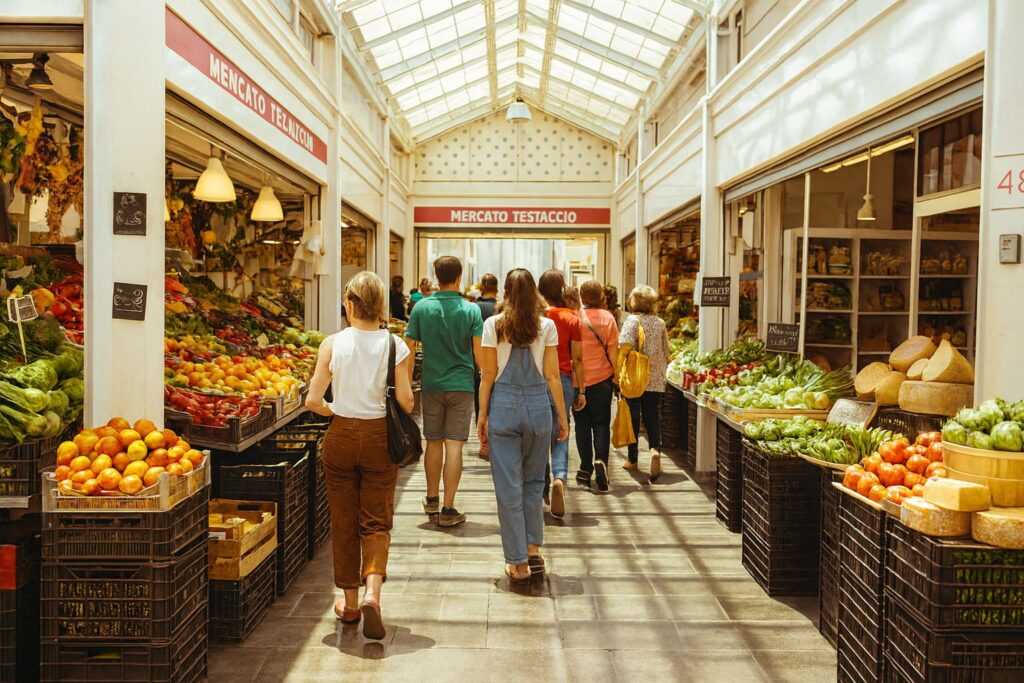
If you’re staying by Termini, Mercato Centrale runs late with dozens of counters under one roof—useful on travel days. In Prati, the huge Trionfale market is a morning paradise for cooks, with produce and cheese stands that showcase Lazio’s best.
Mini-summary: Mercato for lunch, trattoria for dinner. That rhythm solves most food days in Rome.
A self-guided mini food tour (90–120 minutes)
Start late afternoon in Campo de’ Fiori with pizza bianca from a historic bakery. Walk five minutes to the Jewish Ghetto for one carciofo alla giudia to share. Angle toward the Pantheon for a coffee at a classic bar and a small tiramisu nearby. Finish with gelato on Via dei Coronari. You’ve tasted four signature bites and crossed three neighborhoods without a tour bus.
Real dishes, real sources (so you know what you’re ordering)
Want a quick refresher on what’s truly Roman—cacio e pepe, carbonara, offal stews, artichokes, and more? The city’s tourism portal collects traditional staples and how they’re made; it’s a fast way to learn the names you’ll see at dinner.
A simple day plan you can copy
Breakfast: Cappuccino + cornetto al banco near your hotel.
Morning sights: Colosseum/Forum or Vatican.
Lunch: Head to a mercato closest to you (Testaccio if you love street-food tasting; Trionfale if you’re by the Vatican).
Siesta walk: Espresso or a tiramisu pick-me-up.
Sunset: Stroll Trastevere or the river path.
Dinner: Book a trattoria in Trastevere, Testaccio, Monti, or Prati—short menu, classic pastas, seasonal veg.
Dessert: Gelato near your route home (look for natural colors and lidded tubs).
Story: one relaxed food day that just works
You start at Sant’Eustachio for coffee, wander to the Pantheon, then grab a quick pizza bianca as you cross toward Campo de’ Fiori. Lunch is at Mercato Testaccio, where one person orders pizza al taglio, another a porchetta panino, and the kids share supplì. After the Colosseum, you meander into Monti for carbonara and a cacio e pepe to split. A last-stop gelato on your walk back, and you’ve hit the classics without a single taxi.
FAQ
What should I try first—carbonara or cacio e pepe?
Try both once. If you only pick one, make it cacio e pepe for pure pecorino-pepper comfort.
Is Rome good for vegetarians?
Yes. Seasonal vegetables, fried artichokes, and lots of cheese-based pastas make it easy. Order contorni (sides) and salads; markets are veggie heaven.
Where can I eat on a budget near big sights?
Choose pizza al taglio and market panini for lunch; sit down one block off major piazzas at dinner.
Best place for tiramisu?
You’ll find it all over. Look for small trays pulled from the fridge (not frozen brick-hard), cocoa dusted on top, and fresh mascarpone.
Are Sundays hard for eating?
Not if you plan. Book Sunday lunch in Trastevere, Prati, or the Ghetto; many places rest Monday.
Wrap-up
Where to eat in Rome: pick your neighborhood first, then match the time of day—mercato for lunch, cozy trattoria for dinner. Order cacio e pepe, carbonara, artichokes, pizza al taglio, and end with gelato. For quick orientation, Rome’s official food pages explain what’s truly Roman, and Mercato Testaccio is a foolproof first stop for tasting many classics in one place

